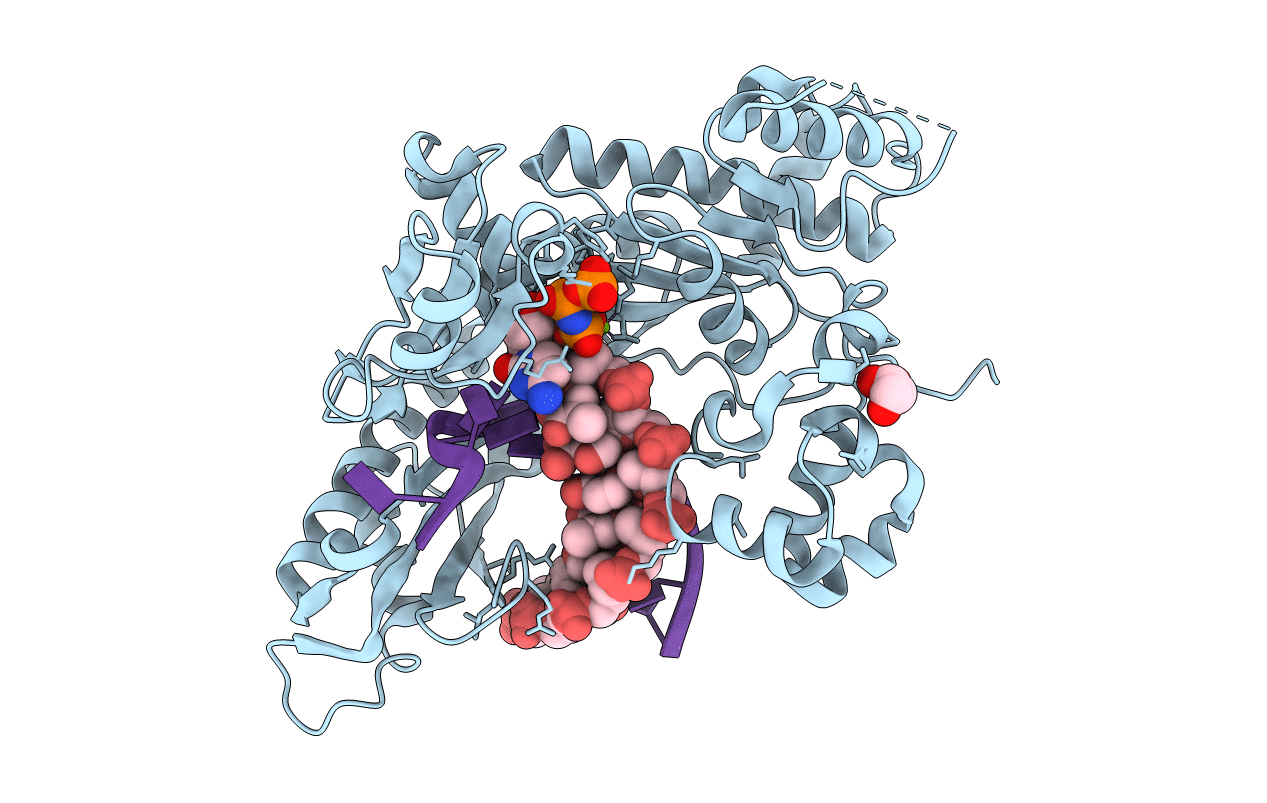
Deposition Date
2013-12-18
Release Date
2014-04-30
Last Version Date
2023-09-20
Entry Detail
PDB ID:
4O3N
Keywords:
Title:
Crystal structure of human dna polymerase eta in ternary complex with native dna and incoming nucleotide (dcp)
Biological Source:
Source Organism:
Homo sapiens (Taxon ID: 9606)
Host Organism:
Method Details:
Experimental Method:
Resolution:
1.58 Å
R-Value Free:
0.21
R-Value Work:
0.17
R-Value Observed:
0.17
Space Group:
P 61


